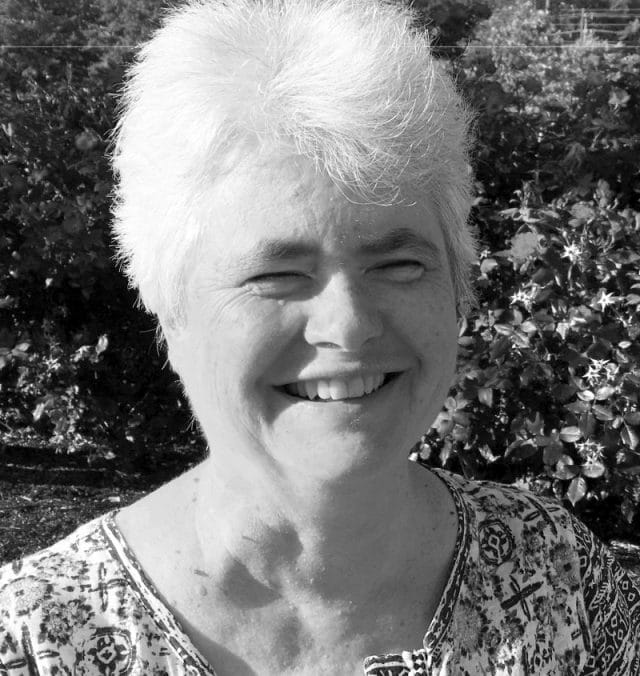
Understanding The Spine: It’s Called a Column But Really, It’s An Engine
When you think about your spine, do you think about something that is straight? Or, at least, that should be straight? When you recall the phrase, “the spinal column”, it seems reasonable to think that way. But, what if the phrase is misleading?
In the mid-1980’s Serge Gracovetsky, a young Swiss engineer living in Montreal, came to that conclusion. Gracovetsky was working for a company that wanted to make a difference in back pain. He was involved in new product development. It was an exciting time.
A logical and naturally curious man, Gracovetsky asked himself: “How does a healthy spine function?” He thought he should clarify that before attempting a repair.
Gracovetsky had studied engineering but not medicine, so, his first step was to educate himself about the current academic views. He was dismayed by what he found. The studies of the spine itself seemed piecemeal. And the studies of applications, primarily walking, focused on the legs. The earlier scientists had explored, for instance, the trajectories of the ankle, knee and hip joints. The spine was considered a secondary element, a passive column, and subordinate to the legs.
But, in bringing fresh eyes to the problem, Gracovetsky concluded that earlier researchers had it upside-down. Actually, the active element is the spine, and the limbs are subordinate. Coining his own phrase, he said, “The spine is an engine”, and it drives the limbs.
Gracovetsky drew his conclusion from three main sources:
The evolutionary record. The first vertebrates were fish. They propel themselves by moving their spine from side to side. Slithering onto land, lizards improved on this by adding limbs. Our use of legs is an extension of this process.
The healthy spine has clear forward and backward curves. These curves are not mistakes. They add power and spring to movement.
You can walk without legs. Some people are born without legs, and they can walk.
When one looks at the spine as an engine, rather than a passive column, new perspectives open.
Teachers of the Feldenkrais Method share Gracovetsky’s viewpoint: Whenever there is difficulty, healing is facilitated by restoring the spine, as much as possible, to its active, leading role.

















